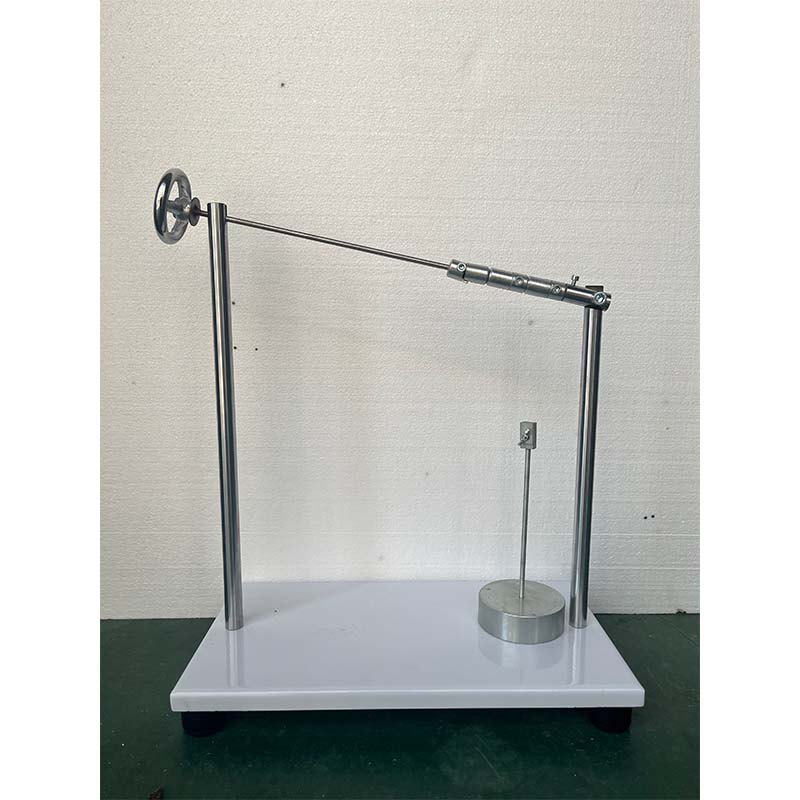resistance test instrument
Understanding Resistance Test Instruments A Key to Electrical Safety and Reliability
In the realm of electrical engineering, ensuring the safety and reliability of equipment and installations is paramount. One of the crucial methods for assessing the integrity of electrical systems is through resistance testing. This is where resistance test instruments come into play, serving as indispensable tools for engineers and technicians in various settings.
Resistance testing involves measuring the resistivity of different components within an electrical system. These components could include cables, insulators, connectors, and more. The primary goal is to ensure that the resistance levels are within acceptable limits, which helps prevent electrical failures, short circuits, and potential hazards. Resistance test instruments are designed to perform these measurements accurately and efficiently.
There are several types of resistance test instruments available, each tailored for specific applications
. The most common among them are the insulation resistance testers, earth ground resistance testers, and contact resistance testers.1. Insulation Resistance Testers These instruments are primarily used to measure the resistance of electrical insulation. By applying a high voltage to the insulation material and measuring the resulting current leakage, these testers can determine the condition of insulating materials. A high resistance reading signifies good insulation integrity, while a low reading could indicate deterioration or failure.
resistance test instrument

2. Earth Ground Resistance Testers Grounding is a critical aspect of electrical safety, and earth ground resistance testers are essential in evaluating the effectiveness of grounding systems. These instruments measure the resistance between the ground electrode system and the earth. A low resistance value indicates a well-functioning grounding system that can safely dissipate fault currents, while a high resistance reading can signal potential hazards.
3. Contact Resistance Testers This type of tester is often used to measure the resistance at electrical connections, such as joints and terminals. These connections can develop resistance due to corrosion or poor mechanical contact, which can lead to overheating and equipment failure. Contact resistance testers apply a known current and measure the voltage drop across the connection to calculate resistance.
The advantages of resistance test instruments extend beyond just ensuring safety; they also contribute to the longevity and efficiency of electrical systems. Regular testing can identify potential issues before they escalate into serious problems, thereby saving time and resources. For example, in industrial settings, a simple insulation resistance test can prevent unexpected downtime caused by equipment failures, ensuring smooth operations and productivity.
When choosing a resistance test instrument, several factors should be considered, including the type of application, the range of resistance that needs to be measured, and whether portability is necessary for convenience. Many modern instruments also offer advanced features such as data logging, Bluetooth connectivity, and graphical displays, making it easier to analyze and report findings.
In conclusion, resistance test instruments are vital tools in the electrical field, serving as the front line in the fight against electrical failures and safety hazards. By regularly conducting resistance tests, engineers and technicians can ensure that their systems operate effectively, maintain safety standards, and prolong the lifespan of equipment. As technology advances, these instruments continue to evolve, offering improved accuracy and functionality, ultimately leading to safer and more reliable electrical systems for everyone.
-
Why the Conductor Resistance Constant Temperature Measurement Machine Redefines Precision
NewsJun.20,2025
-
Reliable Testing Starts Here: Why the High Insulation Resistance Measuring Instrument Is a Must-Have
NewsJun.20,2025
-
Flexible Cable Flexing Test Equipment: The Precision Standard for Cable Durability and Performance Testing
NewsJun.20,2025
-
Digital Measurement Projector: Precision Visualization for Modern Manufacturing
NewsJun.20,2025
-
Computer Control Electronic Tensile Tester: Precision and Power for the Modern Metal Industry
NewsJun.20,2025
-
Cable Spark Tester: Your Ultimate Insulation Assurance for Wire and Cable Testing
NewsJun.20,2025
 Copyright © 2025 Hebei Fangyuan Instrument & Equipment Co.,Ltd. All Rights Reserved. Sitemap | Privacy Policy
Copyright © 2025 Hebei Fangyuan Instrument & Equipment Co.,Ltd. All Rights Reserved. Sitemap | Privacy Policy
